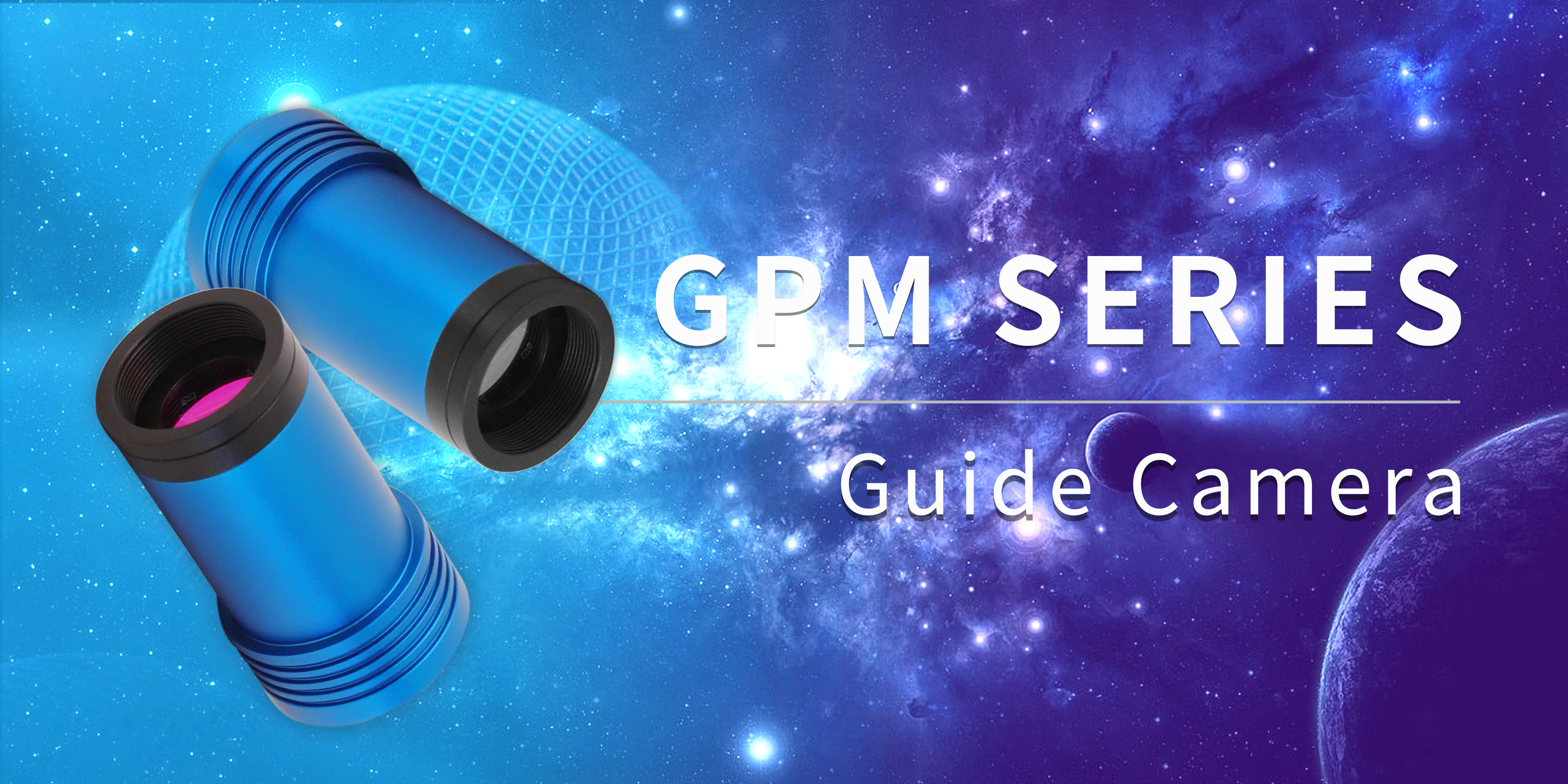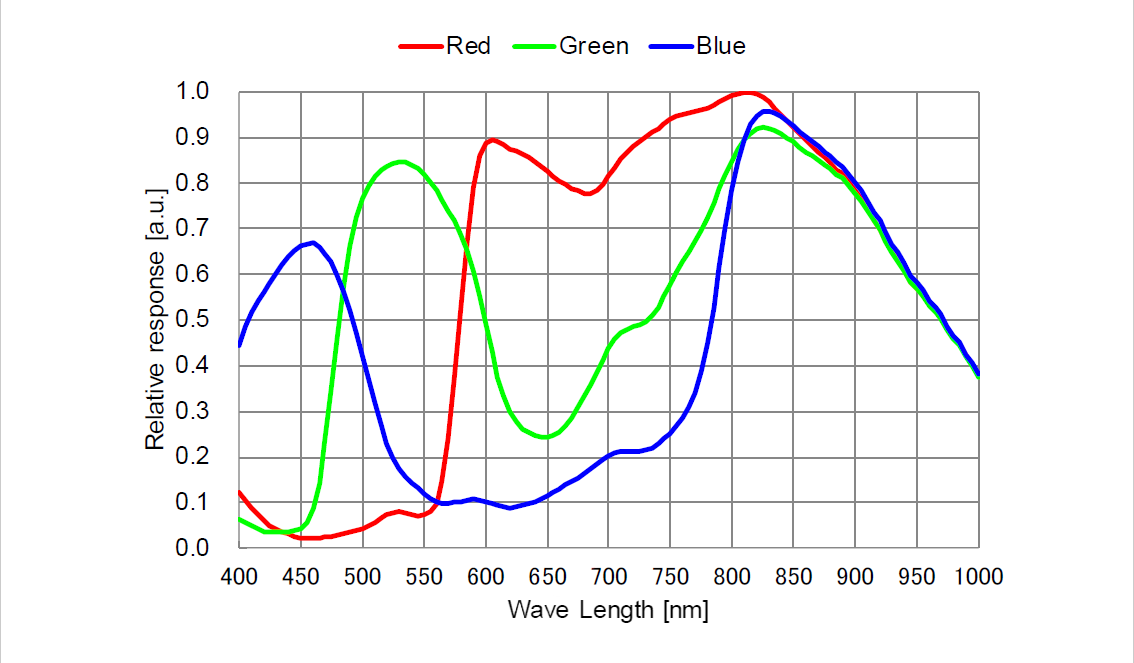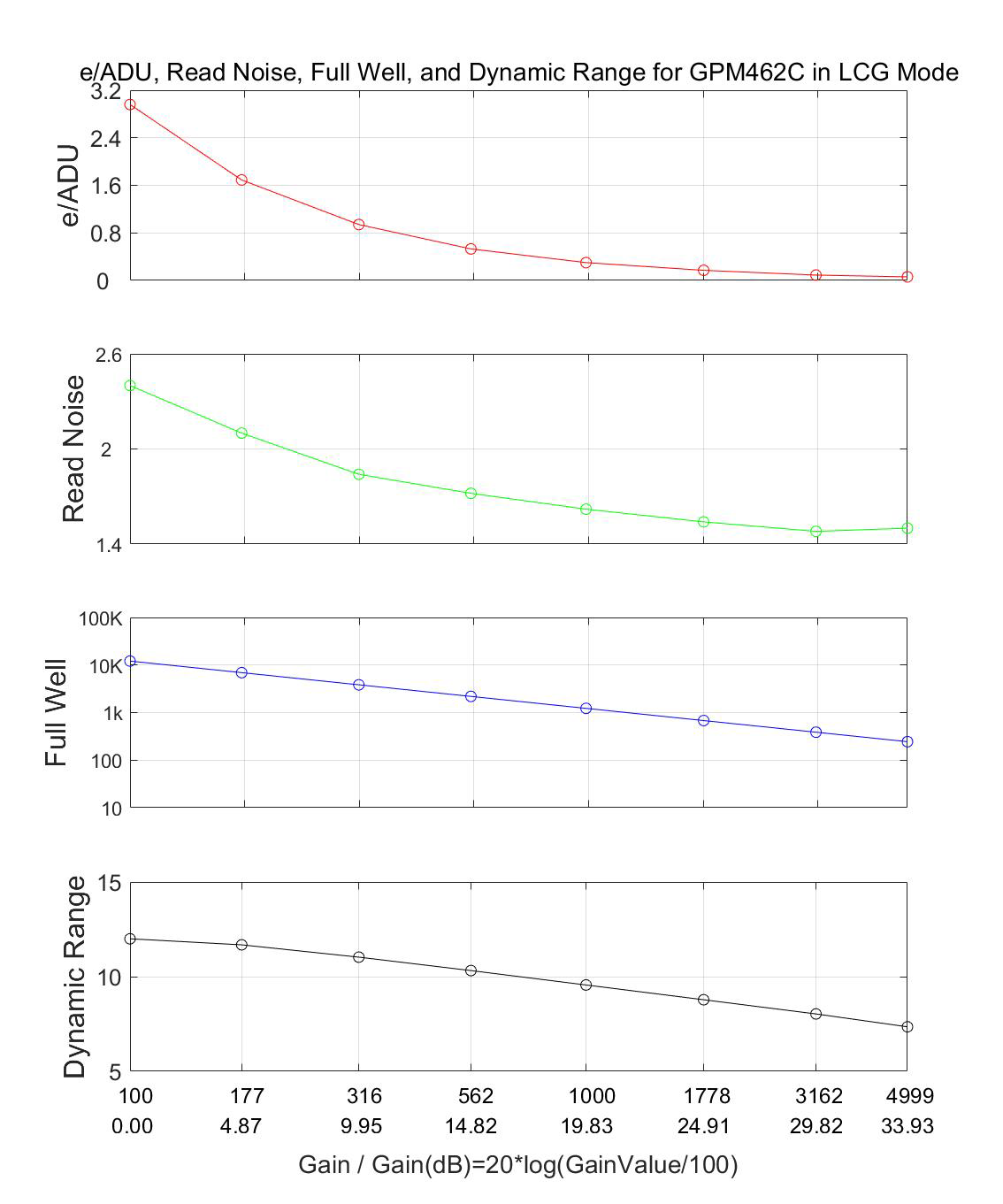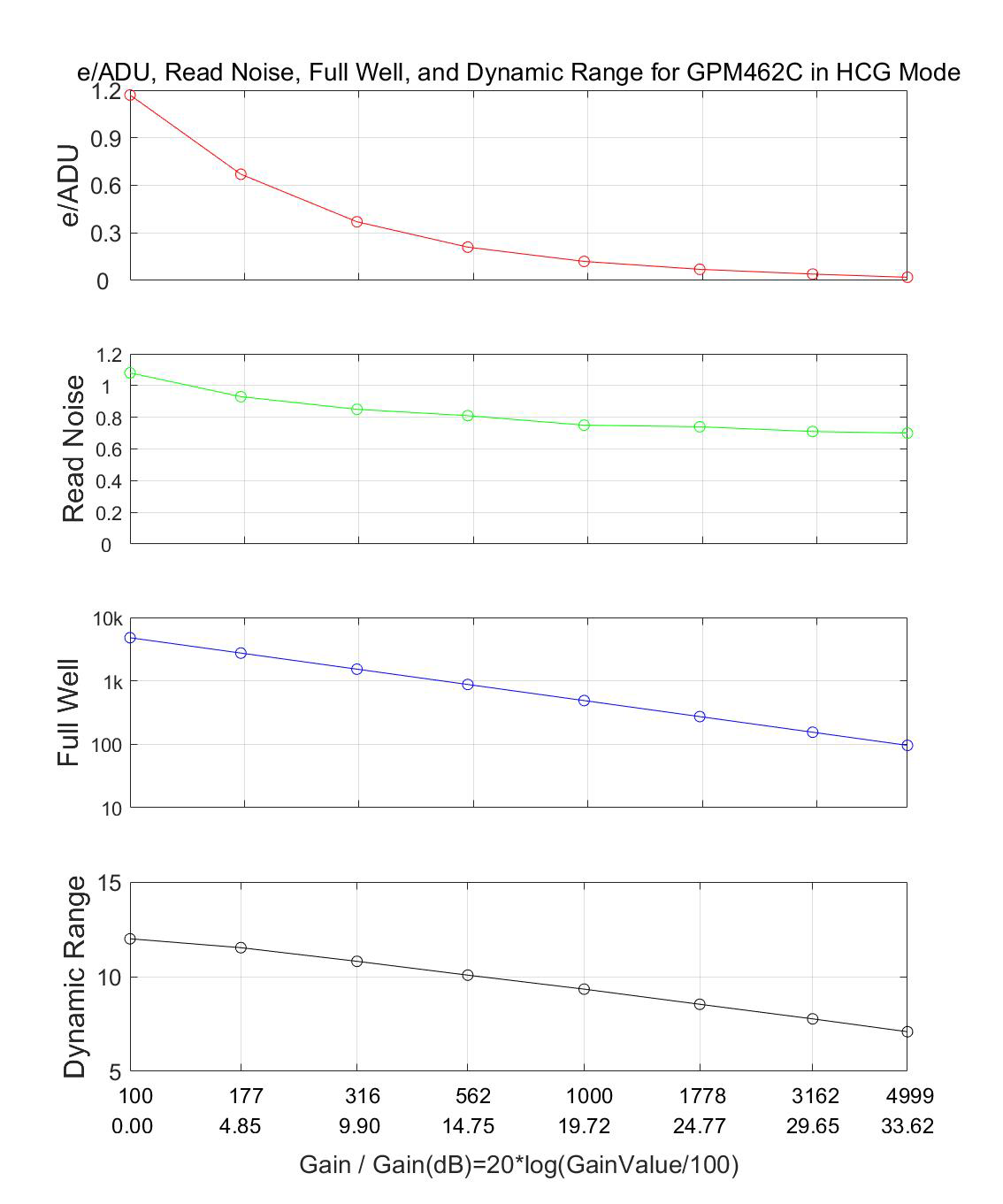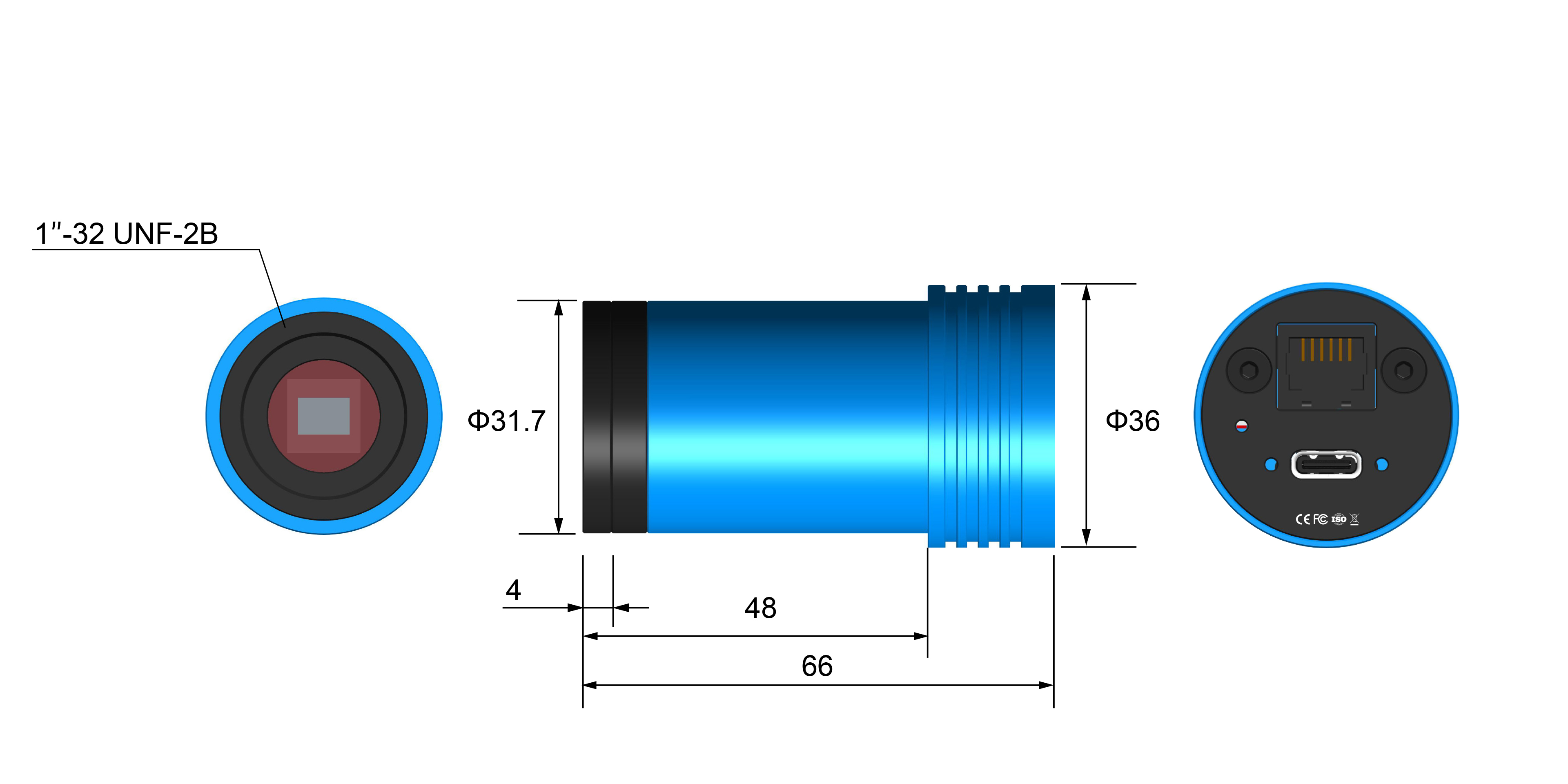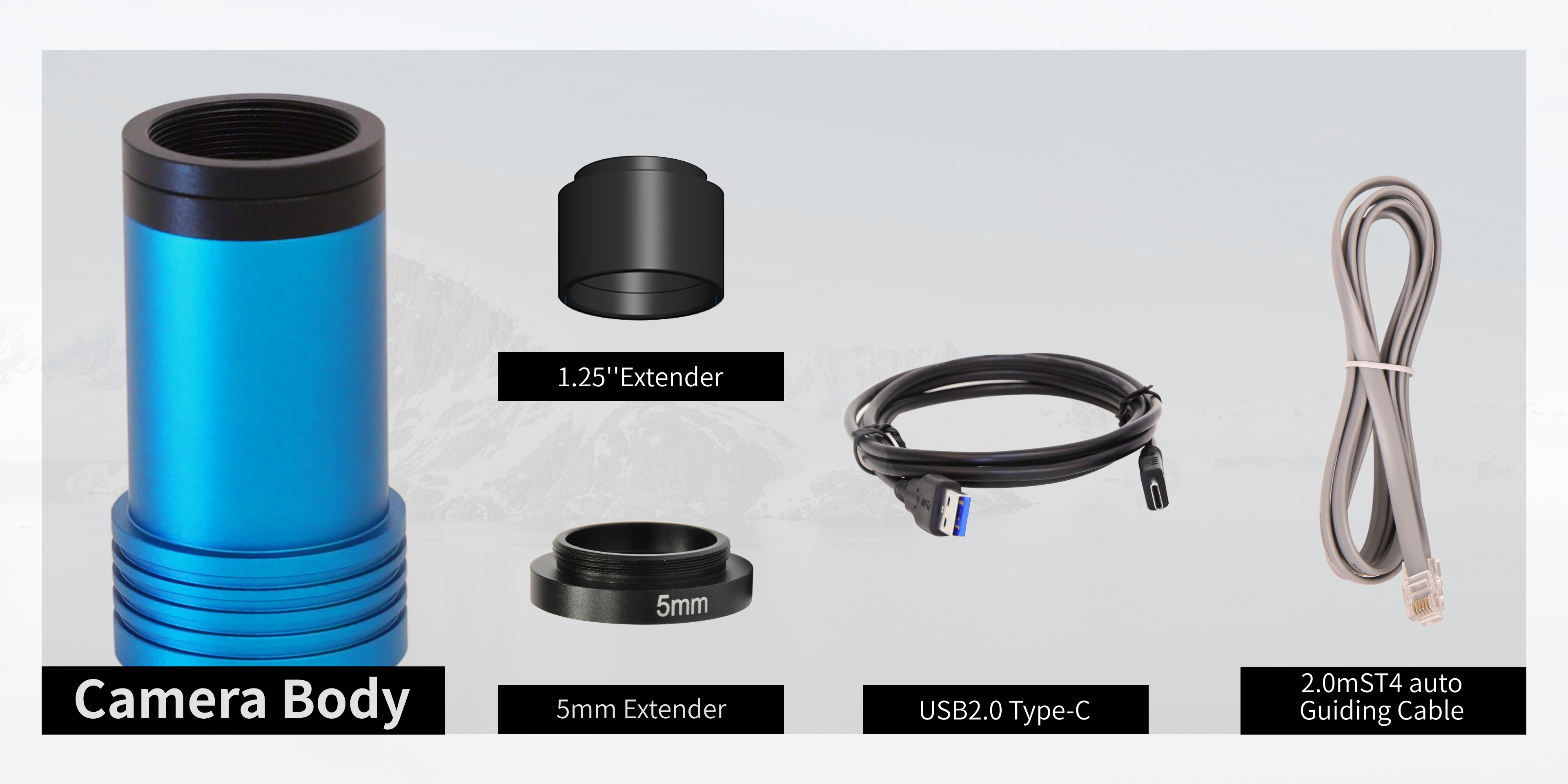Understanding Frame Buffer Technology
The GPM462C camera has a built-in frame buffer, which helps maintain the stability of data transmission and effectively reduce the amp-glow caused because image data can be temporarily buffered without being sent hastily to the receiver.
How Frame Buffer Works:
Frame buffer is a dedicated high-speed memory component integrated directly into the camera hardware. When the camera sensor captures an image, the data is first written to the frame buffer memory at extremely high speeds. From there, it's transmitted to your computer at the rate supported by your USB connection.
Key Benefits of Frame Buffer:
-
Maintains Data Transmission Stability:
The frame buffer acts as an intelligent data staging area between the sensor and computer. If your USB connection experiences temporary slowdowns or your computer is busy processing other tasks, the frame buffer continues collecting sensor data without interruption, preventing dropped frames during critical capture moments.
-
Reduces Amp Glow Phenomenon:
By efficiently managing data transfer and allowing image data to be temporarily buffered rather than being sent hastily to the receiver, the frame buffer minimizes the time electronics remain active near the sensor, effectively reducing amplifier glow that can appear as unwanted brightness in image corners.
-
Ensures Maximum Frame Rate with Multiple Cameras:
When operating multiple cameras simultaneously, each camera can still achieve its maximum frame rate. The frame buffer operates independently for each device, ensuring no data bottlenecks or interference between cameras during simultaneous operation.
-
Improves System Compatibility:
Frame buffer technology allows the GPM462C to work reliably even with older USB 2.0 connections or lower-specification computers, making it an excellent choice for field setups where cutting-edge computing power may not be available.
In practical terms: The frame buffer ensures smooth, reliable image capture regardless of momentary system hiccups or resource constraints, which is particularly valuable during long imaging sessions where data integrity and consistency are paramount.
